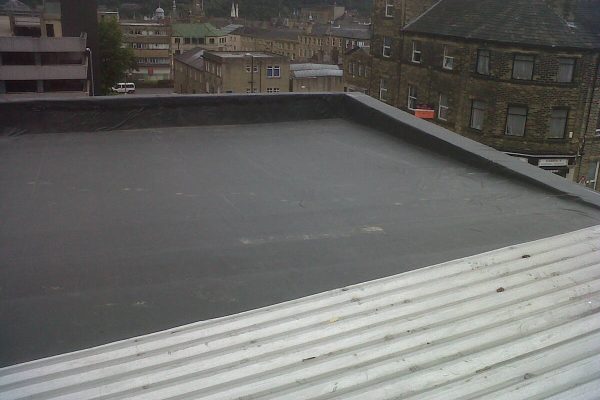Rubber roofing, also known as EPDM (Ethylene Propylene Diene Monomer), is a popular choice for flat or low-sloped roofs. It’s known for its durability, flexibility, and cost-effectiveness. But how long can a rubber roof really last, and what maintenance is needed to keep it in top shape? Let’s explore these questions.
How Long Does Rubber Roofing Last?
Rubber roofing stands out for its long lifespan. With proper installation and regular maintenance, a rubber roof can last between 30 to 50 years. Here’s why:
- Material Quality: EPDM rubber is highly resistant to UV rays, extreme temperatures, and weathering. Its natural elasticity prevents cracking, making it suitable for regions with fluctuating weather conditions.
- Proper Installation: The longevity of your rubber roof largely depends on how well it’s installed. Professional installation ensures well-sealed seams and securely attached membranes, reducing the risk of leaks.
- Weather Conditions: While rubber roofing adapts well to different climates, consistent exposure to harsh weather, like heavy snowfall or strong winds, can affect its lifespan if not properly maintained.
- Regular Cleaning: Even though rubber roofing is low-maintenance, occasional cleaning and inspections can extend its life. Neglecting this can lead to premature aging and costly repairs.
What Maintenance Is Required for Rubber Roofing?
Rubber roofing is known for being low-maintenance, but a little care goes a long way. Here are key maintenance tips to keep your roof in good condition:
1. Regular Inspections
Inspect your roof twice a year—preferably in the spring and fall—and after severe weather. Look for damage such as tears, punctures, or loose seams. Addressing small issues early can prevent costly repairs down the line.
2. Cleaning the Surface
Debris, dirt, and algae can accumulate on your rubber roof over time. Regular cleaning keeps your roof looking good and prevents damage. Use a soft brush or broom and a gentle cleaner designed for rubber roofs to avoid harming the material.
3. Check for Ponding Water
One of the few vulnerabilities of flat or low-sloped rubber roofs is ponding water. Standing water can lead to premature wear and leaks. Ensure your roof’s drainage system is working properly and there are no low spots where water can collect.
4. Seal Seams and Edges
Seams and edges are the most vulnerable parts of a rubber roof. Over time, these areas can start to lift or wear out. Regularly check the seals and, if needed, apply a compatible sealant to reinforce them. This simple maintenance step can add years to your roof’s life.
5. Address Small Issues Promptly
If you notice small tears, punctures, or other damage, repair them quickly. Ignoring minor issues can lead to bigger, more expensive problems. While DIY repair kits are available, it’s often best to have a professional handle significant fixes.
When to Consider Replacing Your Rubber Roof
Even with proper maintenance, rubber roofs eventually reach the end of their lifespan. Signs it might be time to replace your roof include:
- Multiple leaks that are difficult to repair
- Significant seam separation or membrane detachment
- Extensive cracking or blistering
- Sagging areas or consistent pooling water
If your rubber roof is showing these signs and is near the end of its expected lifespan, replacing it might be more cost-effective than continuing with repairs.
Conclusion
Rubber roofing offers long-term durability and is a smart investment for homeowners. While it requires less upkeep than other roofing types, regular inspections, cleaning, and timely repairs are key to ensuring it lasts for decades. By following these maintenance tips, you can enjoy the benefits of rubber roofing without worrying about frequent repairs or early replacement.
Considering rubber roofing for your property? Reach out to a trusted roofing contractor for professional installation and maintenance services to keep your roof in optimal condition.

